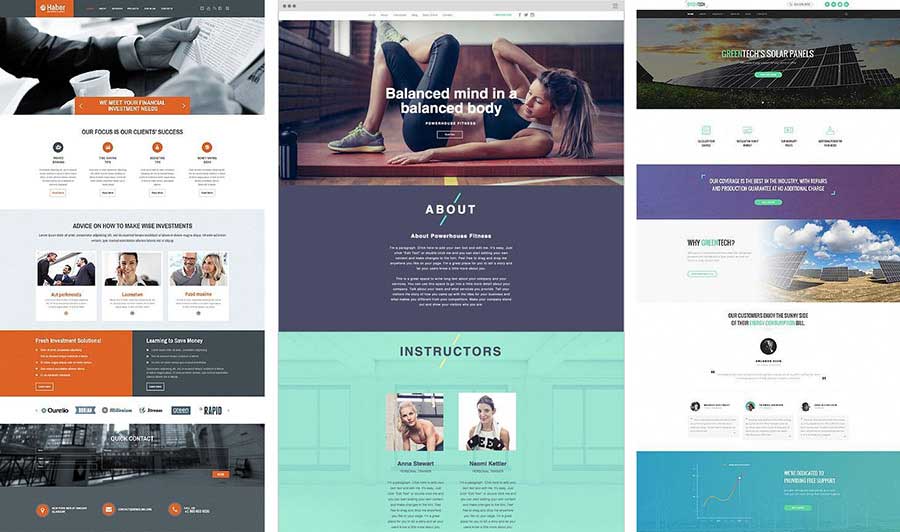In our increasingly digital world, accessibility is essential. ADA compliance ensures that your website is accessible to everyone, including those with disabilities. Not only does it broaden your audience, but it also protects you from potential legal issues. If you’re unsure where to begin, this guide will help you understand what ADA compliance means for your website and how to implement it.
Understanding ADA Compliance for Websites
The Americans with Disabilities Act (ADA) requires that businesses and public entities offer equal access to all users. While the ADA itself doesn’t outline specific website standards, the Web Content Accessibility Guidelines (WCAG) 2.1 AA have become the de facto standard for achieving compliance. Websites that follow these guidelines offer a more inclusive experience, allowing people with disabilities to navigate and use their services effectively.
Why Is ADA Compliance Important?
- Legal Protection: Non-compliance can lead to costly lawsuits. ADA regulations, particularly Title III, prohibit discrimination in places of public accommodation, which includes websites.
- Reach a Broader Audience: Accessibility improvements allow those with visual, auditory, motor, or cognitive disabilities to use your site, expanding your potential customer base.
- Boost SEO Performance: Accessibility features such as image alt text and descriptive links can also improve your search engine rankings, making your website more visible.
Why ADA Compliance Matters: The Legal Landscape
ADA compliance is not just a best practice; it’s essential for avoiding costly legal issues. Several high-profile lawsuits underscore this reality:
- Domino’s Pizza (2019): A visually impaired user sued due to the inaccessibility of its website and app. The Supreme Court’s denial of Domino’s appeal highlighted that ADA compliance extends to digital platforms.
- Beyoncé’s Parkwood Entertainment (2019): This case involved a lawsuit over the lack of accessibility features on her website for visually impaired users.
- Winn-Dixie (2017): A federal ruling mandated that the grocery chain improve its website accessibility for blind customers.
Steps to Achieve ADA Compliance
Making your site ADA Compliant requires a mix of tools, manual fixes, and regular updates. Here’s a step-by-step guide:
1. Conduct an Accessibility Audit
- Use tools like WAVE and Google Lighthouse to identify any issues. These tools provide a visual representation of problems, helping you pinpoint what to fix.
2. Optimize Visual Elements
- Make sure there’s enough contrast between text and backgrounds.
- Add alt text to all images so that screen readers can describe them to visually impaired users.
3. Ensure Keyboard Navigation
- Some users rely on keyboards to navigate. Ensure that all site features are accessible via keyboard controls, not just a mouse.
4. Include Text Alternatives for Multimedia
- Provide captions and transcripts for video and audio content to make your media accessible to those with hearing impairments.
5. Use ARIA Labels
- ARIA (Accessible Rich Internet Applications) labels help screen readers interpret complex elements, making interactive parts of your site more accessible.
6. Choose an Accessible CMS and Plugins
- Many platforms, like WordPress, offer plugins to improve ADA compliance, such as WP Accessibility. Additionally, certain themes are designed with accessibility in mind.
Tools to Simplify ADA Compliance
For those looking to streamline this process, there are powerful accessibility tools available:
- AccessiBe: This tool uses AI to scan your website and apply real-time accessibility adjustments. It includes features like keyboard navigation enhancements and screen reader adjustments.
- UserWay: A customizable widget that enables users to adjust text size, contrast, and more. It also includes a scanner that helps detect and resolve compliance issues.
Keep Your Site Compliant with Regular Updates
Website accessibility is not a one-time project. As technology and regulations evolve, you’ll need to update and monitor your site to maintain compliance. By following these steps and using the right tools, you’re taking proactive measures to make your website accessible to everyone.
Contact Us Today
Let us help you enhance your website’s accessibility! While we can significantly improve your site’s ADA compliance score, please note that ADA guidelines may vary, and complete compliance depends on evolving standards from entities like the Department of Justice. Our team is here to assist you with accessibility audits, adjustments, and continuous support.
Ready to get started? Contact us today to make your site ADA-compliant!



